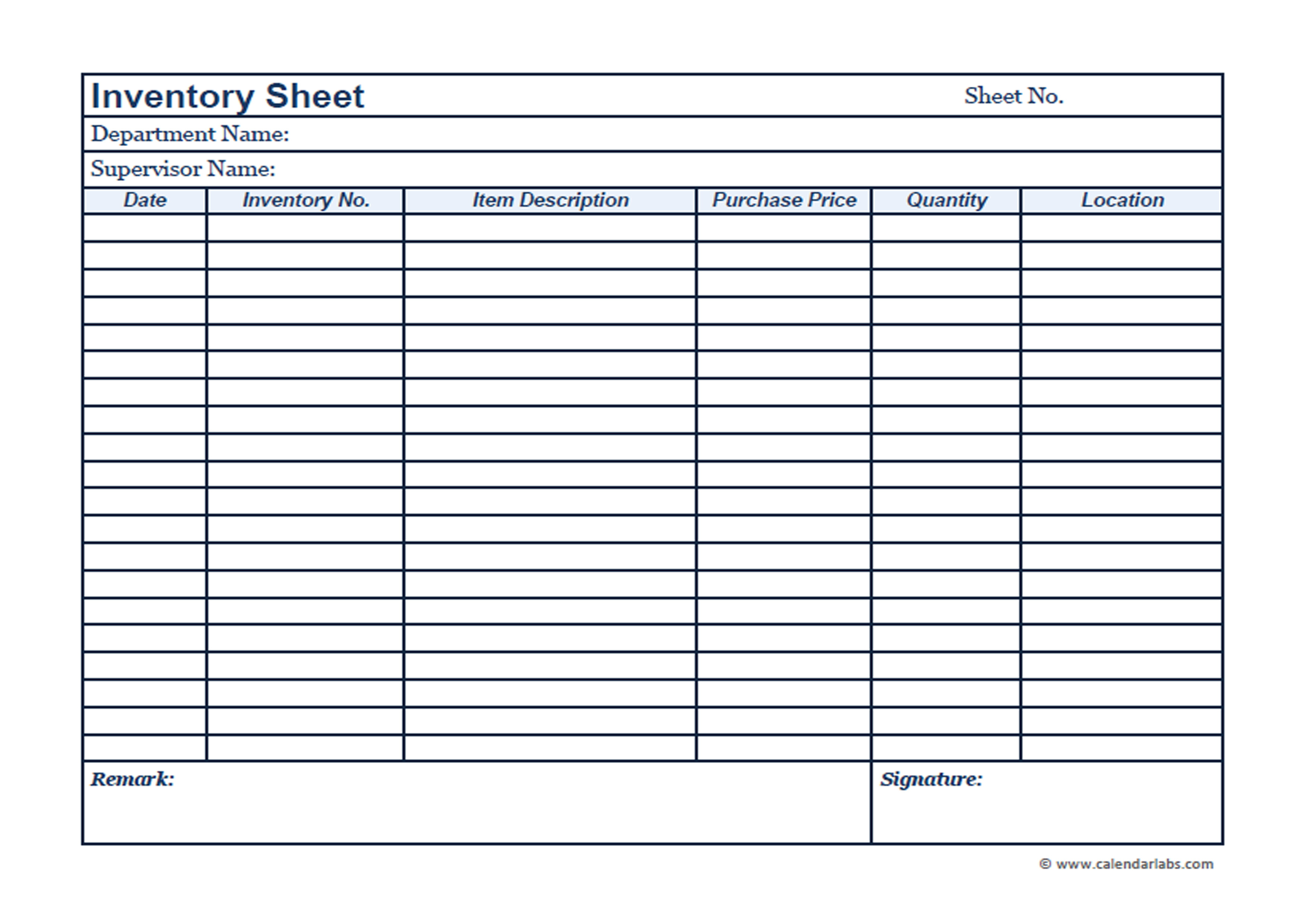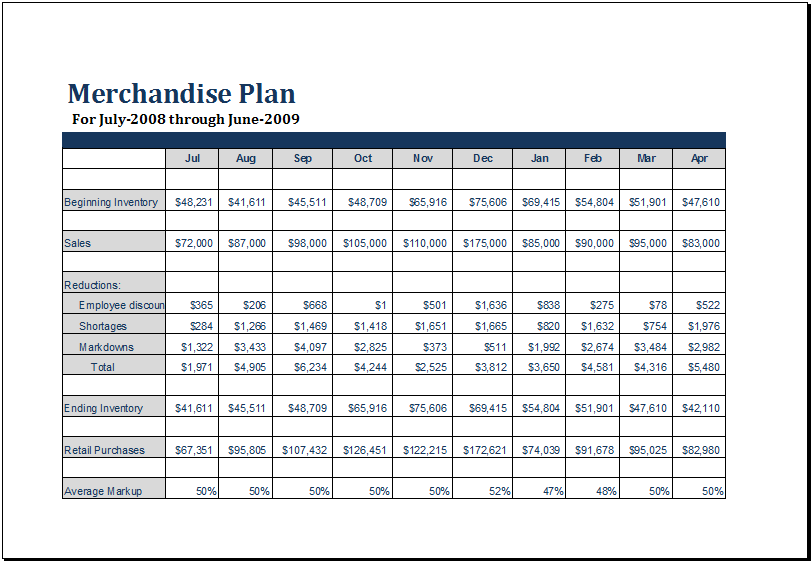Business inventory for new business partnerships is a critical aspect that requires careful planning and management. This comprehensive guide will delve into the intricacies of inventory management, providing strategies and techniques to optimize inventory levels, improve profitability, and ensure the success of your new business partnership.
Effective inventory management is crucial for maintaining a smooth supply chain, minimizing losses, and maximizing financial performance. This guide will equip you with the knowledge and tools to establish a robust inventory system that supports the growth and profitability of your partnership.
Business Inventory Overview
Business inventory refers to the stock of goods and materials held by a company for sale to customers or for use in production. It plays a crucial role in the smooth functioning of any business, particularly for new partnerships.
There are three main types of business inventory:
Raw Materials
Raw materials are the basic components used to produce finished goods. They are typically purchased from suppliers and stored until needed for production.
Work-in-Progress
Work-in-progress (WIP) refers to goods that are partially completed and still undergoing production. These goods have been started but are not yet ready for sale.
Finished Goods
Finished goods are products that are complete and ready to be sold to customers. They are typically stored in a warehouse or distribution center until they are sold.
Inventory Management Strategies
Effective inventory management is crucial for the success of any business, particularly for new businesses. It helps businesses optimize stock levels, minimize costs, and enhance customer satisfaction.
There are several inventory management strategies that new businesses can implement to improve their operations.
Just-in-Time (JIT) Inventory
JIT is an inventory management strategy that aims to minimize inventory levels by receiving goods only when they are needed for production or sale. This helps reduce storage costs, spoilage, and obsolescence.
First-In, First-Out (FIFO)
FIFO is an inventory management method that assumes that the first items purchased are the first items sold. This helps ensure that older inventory is not left on the shelves, reducing the risk of spoilage or obsolescence.
Last-In, First-Out (LIFO)
LIFO is an inventory management method that assumes that the last items purchased are the first items sold. This can be beneficial for businesses that expect the cost of goods to increase over time, as it allows them to sell their inventory at a higher price.
ABC Analysis
ABC analysis is an inventory management technique that classifies inventory items into three categories: A, B, and C. A-items are the most valuable and should be managed closely, B-items are moderately valuable, and C-items are the least valuable. This helps businesses prioritize their inventory management efforts and focus on the most important items.
Inventory Optimization

Inventory optimization is crucial for maximizing profitability by ensuring the right amount of inventory is available to meet customer demand while minimizing carrying costs. It involves finding the optimal balance between holding too much inventory, leading to increased storage costs, obsolescence, and spoilage, and holding too little inventory, resulting in lost sales and customer dissatisfaction.
Safety Stock
Safety stock is the extra inventory held to buffer against unexpected fluctuations in demand or supply disruptions. It helps ensure that customer orders can be fulfilled even when demand exceeds expectations or lead times are longer than anticipated. The optimal safety stock level depends on factors such as demand variability, lead times, and the cost of holding inventory.
Reorder Points
Reorder points determine when to replenish inventory. They are set based on demand, lead times, and safety stock levels. When the inventory level falls below the reorder point, it triggers an order to replenish the stock. Setting the reorder point too high can lead to excessive inventory, while setting it too low can result in stockouts.
Inventory Turnover
Inventory turnover measures how efficiently inventory is being used. It is calculated by dividing the cost of goods sold by the average inventory value over a period. A high inventory turnover rate indicates that inventory is being sold quickly, while a low rate suggests that inventory is sitting on shelves for too long.
Inventory Control

Inventory control is crucial for businesses to prevent losses and maintain efficient operations. Effective inventory control systems ensure accurate records, reduce shrinkage, and optimize inventory levels.
Implementing robust inventory control systems involves several methods:
Cycle Counting
- Regularly counting and verifying inventory levels at specific intervals
- Identifies discrepancies and errors in inventory records
- Helps prevent overstocking or understocking
Inventory Audits
- Comprehensive physical inventory counts at regular intervals (e.g., quarterly or annually)
- Verifies the accuracy of inventory records against actual on-hand inventory
- Detects discrepancies and theft, leading to improved inventory management practices
Technology for Inventory Management

In today’s business environment, technology plays a crucial role in inventory management. Inventory management software can automate tasks, improve accuracy, and provide valuable insights that can help businesses optimize their inventory levels.
There are many different inventory management software solutions available, each with its own set of features. Some of the most popular features include:
- Automated inventory tracking
- Barcode scanning and RFID technology
- Real-time inventory visibility
- Inventory forecasting and planning
- Reporting and analytics
Inventory management software can be used by businesses of all sizes. Small businesses can use it to keep track of their inventory levels and automate tasks such as order processing and shipping. Large businesses can use it to manage complex inventory systems across multiple locations.
Using technology for inventory management can provide businesses with a number of benefits, including:
- Improved accuracy
- Reduced costs
- Increased efficiency
- Improved customer service
- Better decision-making
If you are not already using technology to manage your inventory, now is the time to start. There are many affordable and easy-to-use solutions available that can help you improve your inventory management practices and boost your bottom line.
Inventory Valuation
Inventory valuation is a critical accounting practice that determines the value of a company’s inventory. The method used to value inventory can have a significant impact on a company’s financial statements and profitability.
There are several different methods for valuing inventory, each with its own advantages and disadvantages.
FIFO (First-In, First-Out)
FIFO assumes that the first items purchased are the first items sold. This means that the cost of goods sold is based on the cost of the oldest inventory on hand. FIFO can result in higher profits during periods of rising prices and lower profits during periods of falling prices.
LIFO (Last-In, First-Out), Business inventory for new business partnership
LIFO assumes that the last items purchased are the first items sold. This means that the cost of goods sold is based on the cost of the newest inventory on hand. LIFO can result in lower profits during periods of rising prices and higher profits during periods of falling prices.
Weighted Average
Weighted average assumes that all items in inventory are sold evenly throughout the period. This means that the cost of goods sold is based on the average cost of all inventory on hand. Weighted average can result in more stable profits than FIFO or LIFO.
Impact of Inventory Valuation on Financial Statements
The method used to value inventory can have a significant impact on a company’s financial statements. For example, FIFO can result in higher profits during periods of rising prices, while LIFO can result in lower profits during periods of rising prices.
This can have a significant impact on a company’s reported earnings and profitability.
Inventory and Financial Performance: Business Inventory For New Business Partnership
Effective inventory management plays a crucial role in enhancing a business’s financial performance. By optimizing inventory levels, businesses can minimize carrying costs, reduce losses due to spoilage or obsolescence, and improve cash flow.
Moreover, efficient inventory management enables businesses to meet customer demand effectively, leading to increased sales and improved customer satisfaction. This, in turn, contributes to overall profitability and financial growth.
Impact on Profitability
- Reduced Carrying Costs:Effective inventory management helps businesses minimize the amount of inventory they hold, thereby reducing storage, insurance, and handling costs.
- Lower Loss Risk:By optimizing inventory levels, businesses can reduce the risk of spoilage, obsolescence, and damage, which can lead to significant financial losses.
- Improved Cash Flow:Efficient inventory management ensures that businesses have the right inventory at the right time, which helps optimize cash flow by reducing the need for emergency purchases or excess inventory write-offs.
- Increased Sales:By maintaining optimal inventory levels, businesses can meet customer demand more effectively, leading to increased sales and improved customer satisfaction.
Closure
In conclusion, managing business inventory for new business partnerships is a multifaceted endeavor that requires a comprehensive approach. By implementing the strategies and techniques Artikeld in this guide, you can optimize inventory levels, improve cash flow, and position your partnership for long-term success.
Remember, effective inventory management is not just about tracking stock; it’s about gaining a competitive advantage, building customer loyalty, and achieving financial stability.
